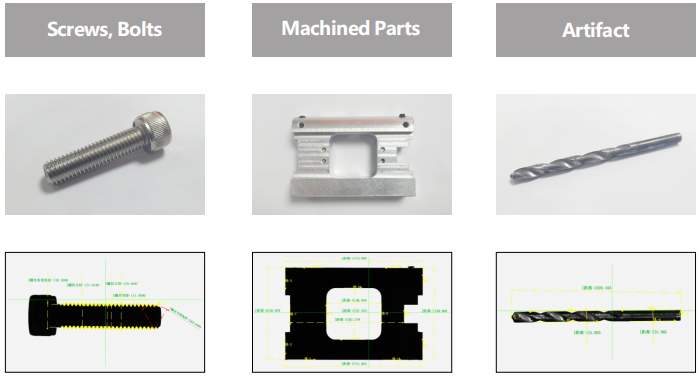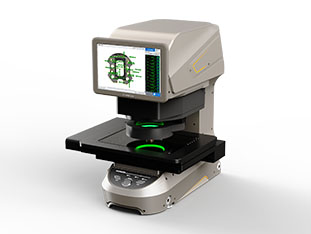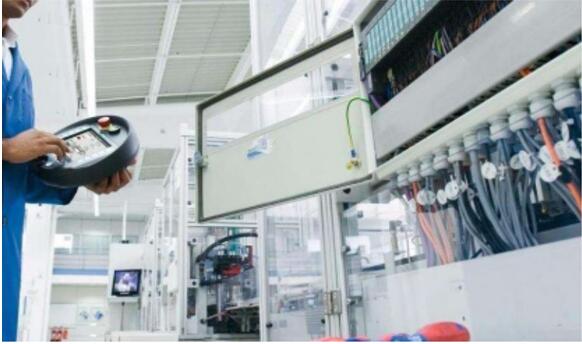Practical Guide | Five Core Considerations for Flash Meter Selection
In today's high-quality development of the manufacturing industry, flash tester as a kind of efficient and accurate two-dimensional plane size measurement instrument, has been widely used in machinery, electronics, mold, injection molding and other fields.

I. Needs Analysis
Before selecting a model, you need to clarify your application scenarios and needs. Different industrial scenarios have different requirements for flash meters. Such as:
(1) high-precision measurement: in the precision machining industry, the need to measure the dimensional accuracy of a variety of metal parts, such as screws, nuts, shaft parts, etc., which requires flash testers with high-precision measurement capabilities;
(2) high-speed measurement: in the electronics industry, electronic components such as chips, circuit boards, etc. for size measurement and appearance defect detection, the flash tester is required to have a high resolution and fast measurement speed.


II. Parametric Analysis

1. Measuring Range and Resolution:
① measuring range: according to the maximum size of the product to be measured, select the appropriate measuring range (it is recommended that the maximum measuring size does not exceed 90% of the maximum measuring range of the flash tester to ensure measurement accuracy).
② resolution: resolution determines the flash tester can capture the image details (for the measurement of small parts, you need to choose a high-resolution flash tester).
2. Accuracy and Repeatability:
① precision: choose a flash meter with high precision to ensure the accuracy of the measurement results (the precision of the flash meter is usually expressed in μm, the higher the precision, the more reliable the measurement results).
② repeatability: repeatability reflects the consistency of the results of the flash meter in multiple measurements of the same object (choose a flash meter with good repeatability, you can reduce the measurement error).
3. Degree of Automation:
① automation function: consider whether automation function is needed, such as auto focus, auto measurement, auto report generation, etc.. Automation functions can improve measurement efficiency and reduce human error.
② convenience of operation: choose a flash meter with easy operation and friendly interface, which can reduce operator training costs and improve work efficiency.
4. Light Sources and Optical Systems:
① light source: the quality of the light source directly affects the imaging effect. Choose a flash meter with a stable light source and a variety of light modes (e.g., co-axial light, ring light, etc.), which can be adapted to the measurement needs of different materials.
② optical system: a high-quality optical system can ensure the clarity and contrast of the image, thus improving the measurement accuracy.
5. Software Functions:
① image processing and analysis: Choose software with powerful image processing and analysis functions, which can be more convenient for measurement and data analysis. For example, support CAD import, automatic programming, data statistics and other functions.
② user interface: the user interface of the software should be friendly, intuitive, and easy for the operator to quickly get started.
Selection of flash meter is a complex and detailed process, need to comprehensively consider the application scenarios, needs, performance parameters, cost-effectiveness and other aspects. Through scientific and reasonable selection, can ensure that the flash detector in the stable operation of the production line, improve production efficiency and product quality.
Product recommendation
TECHNICAL SOLUTION
MORE+You may also be interested in the following information
FREE CONSULTING SERVICE
Let’s help you to find the right solution for your project!


 ASK POMEAS
ASK POMEAS  PRICE INQUIRY
PRICE INQUIRY  REQUEST DEMO/TEST
REQUEST DEMO/TEST  FREE TRIAL UNIT
FREE TRIAL UNIT  ACCURATE SELECTION
ACCURATE SELECTION  ADDRESS
ADDRESS Tel:+ 86-0769-2266 0867
Tel:+ 86-0769-2266 0867 Fax:+ 86-0769-2266 0867
Fax:+ 86-0769-2266 0867 E-mail:marketing@pomeas.com
E-mail:marketing@pomeas.com
